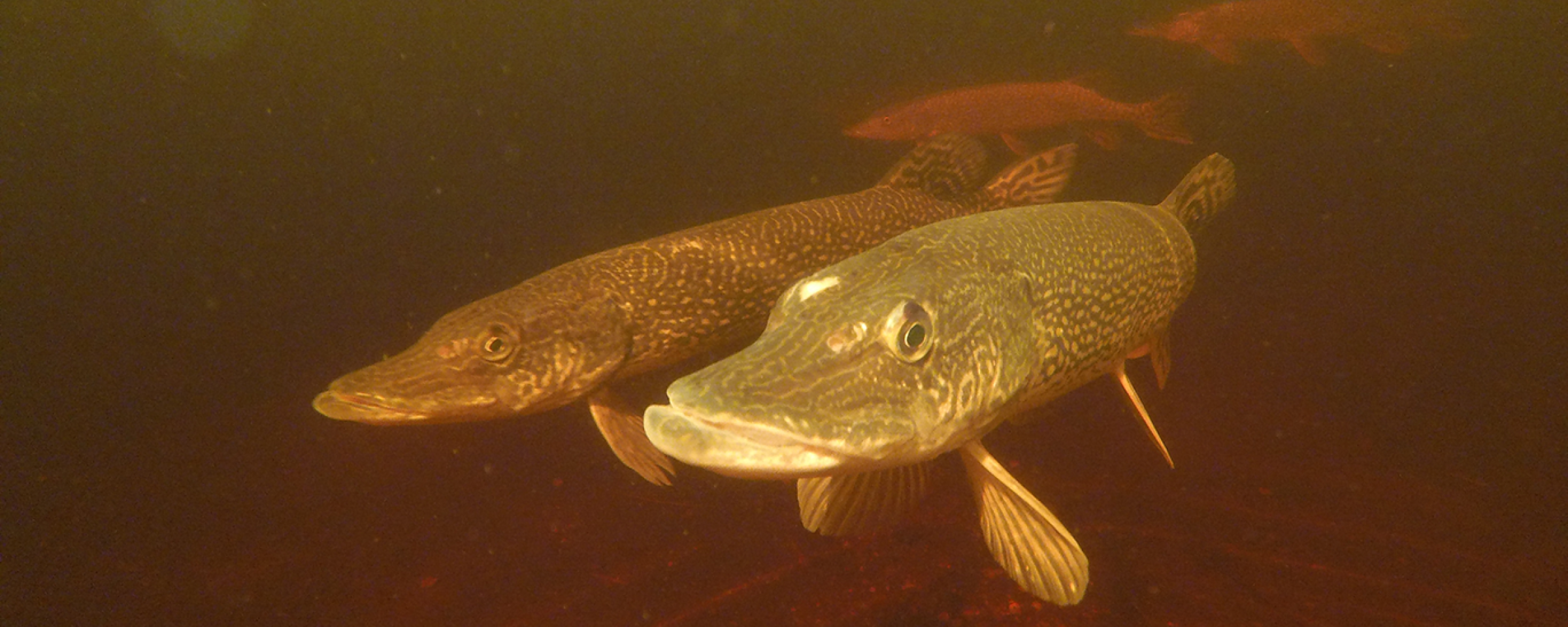
Back Cast
The first day of spring fell on a Tuesday.
Nothing about the day knocked our socks off. We didn’t see much of the sun, which had pretty much been the pattern for weeks, but it wasn’t windy, so that was a plus.
Out on a walk overlooking the Missouri, the river from afar looked mostly free of ice, yet the banks that lined its course were snow-covered. Little about the view was inviting, except for the promise that it would eventually change.
At about the same time last year, walking this same paved path high above the river’s east side, I could expect to spot a handful of boats, guided by anglers slowly working this stretch of river for, you might imagine, the first walleyes of the season.
Yet, on that Tuesday, the only sign of life, save for the uninterrupted passing of vehicles on the I-94 bridge, were a dozen or so Canada geese loafing on a sandbar.
Spring – not the date on the calendar, but thawed lakes and leave-your-jacket-at-home weather – feels as if it’s going to take a while to get here this year. Many waters still had 2 feet of ice or better as March neared its end, with little indication from the extended forecast for much change.
While this concerns those of us who open-water fish or participate in other activities outdoors, I’m guessing it goes largely unnoticed by wildlife. Simply, it is what it is. Life rolls on.
In February, or thereabouts, long before we even dared contemplate the arrival of spring, burbot, North Dakota’s earliest spawning game fish, scattered eggs under the cover of darkness along the sandy bottom of the Missouri River.
It’s not until weeks after the burbot, a fish often described in appearance as a cross between a catfish and an eel, have deposited their eggs that fish species favored by the majority of anglers – pike, perch, walleye and sauger – ready for their turn.
While all these fish are driven to spawn by a recipe of water temperature and photoperiod, it’s the northern pike that are up next.
While, say, the arrival of certain bird species herald the arrival of spring for some, it’s the pike spawn that maybe signals it for others.
If you walk these Game and Fish Department halls long enough, news that fisheries biologists have set trap nets for spawning pike is a good indication that winter is finally behind us and we’ll be fishing our favorite waters soon enough.
Yet, the big question as March came to a close, is when would that be? In the last 20 years, according to Department fisheries records, biologists set trap nets for pike as early as March 18 (2016) and as late as April 16 (1997).
The hope, yet no one in the fisheries division is holding their breath, is to have nets in the shallows of Lake Oahe by April 16, a Monday, which is as good of a day as any.
